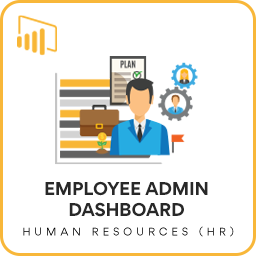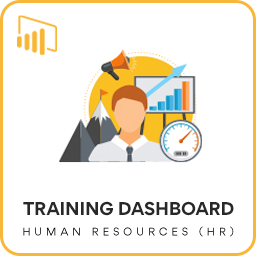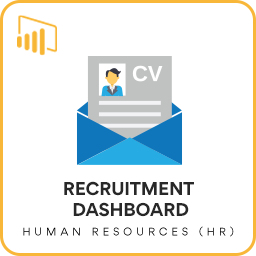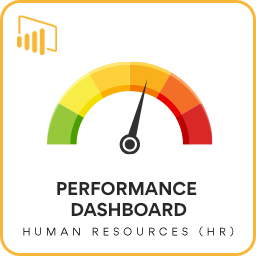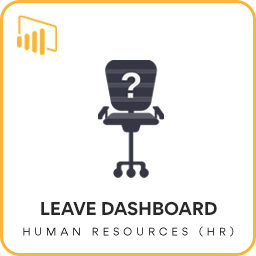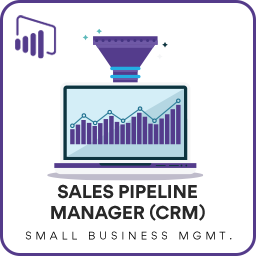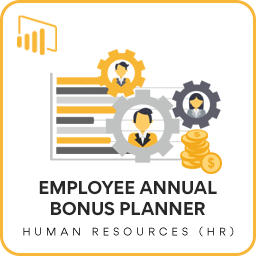Power BI Templates
In today’s data-driven world, businesses of all sizes are constantly seeking ways to gain deeper insights into their operations, make informed decisions, and drive growth.
One tool that has revolutionized the way we interact with data is Microsoft Power BI. In this digital age, the power and flexibility of Power BI have become indispensable for various fields. So, what exactly is Power BI, and when do you need it?
What is Power BI?
Power BI is a business analytics service by Microsoft that enables you to visualize your data, share insights, and make data-driven decisions. It empowers you to transform your data into stunning visuals and interactive reports, helping you understand your business like never before.
Power BI templates are files that are pre-built with certain functionality and design that you can reuse easily and create your new Power BI files.
When Do You Need Power BI?
You may wonder when the right time is to incorporate Power BI templates into your business operations. Here are some key indicators that suggest it’s time to harness the power of Power BI:
- Data Overload: When your organization is dealing with large volumes of data that are challenging to manage and analyze using traditional tools.
- Complex Reporting: If creating and sharing reports is time-consuming and your reports lack interactivity, Power BI can simplify the process.
- Data-Driven Decision-Making: When you want to make informed decisions backed by data-driven insights rather than relying on gut feeling.
- Visual Data Exploration: If you need to explore data visually to uncover trends, patterns, and outliers that might be hidden in raw data.
Here are a few practical scenarios where Power BI templates can prove highly useful:
- Uniform Design and Appearance: Within an organization, if you aim to standardize the appearance of all Power BI reports, creating a base template can be invaluable. By sharing this template across the organization, each report developer can use it as a starting point, ensuring a consistent and branded look for all reports.
- Time-Saving Default Templates: If you find yourself consistently performing certain operations on all your Power BI reports, creating a default template can save you considerable time.
- Can include elements such as branded logos, banners
- Power BI Desktop settings (like disabling auto-detect of new relationships), preferred or customized themes (including colors and fonts)
- A calendar table (commonly required in Power BI reports), and
- Customized Visuals panes (removing unused visuals and importing frequently used ones). You can use this template as a foundation whenever you create a new Power BI report.
- Leveraging Expert Work: Power BI developers often create and share reports for common scenarios. If you come across reports that suit your needs, you can download and modify them to fit your specific requirements.
- Sharing Report Structure (No Data): You can share a report template without any actual data when you’ve created a detailed report for one office, and other departments or locations need similar reports. This allows them to use your template, connect it to their data sources, and create their own reports quickly, as long as the data structure remains the same. This method promotes efficient collaboration while preserving data security and integrity.
Premium Power BI Templates from Indzara
Free Power BI Templates from Indzara
Do you have any queries, or need customizations of our templates? Reach out to us at support@indzara.com


